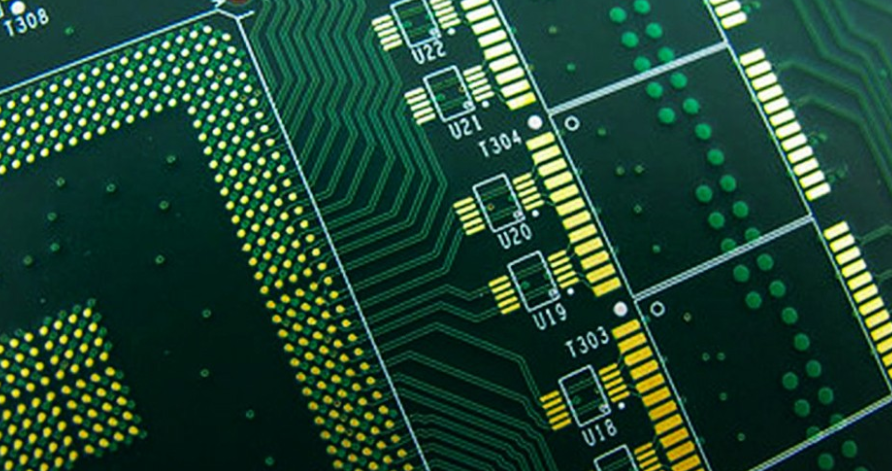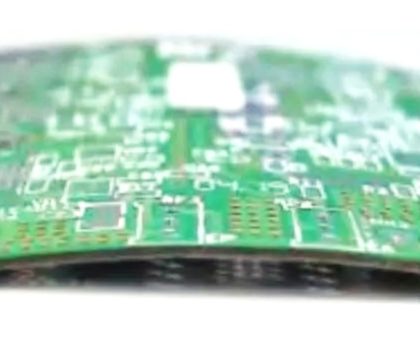Thermal clad PCB minimize thermal impedance and conduct heat more efficiently than standard printed circuit boards (PCBs). These substrates are mechanically stronger than the thick film ceramic and directly bonded copper structures often used in these applications. Thermal clad is a cost-effective solution that eliminates components, simplifies designs, smaller equipment and overall less complex production processes. Other benefits of THERMAL CLAD include lower operating temperatures, longer component life and higher durability.
The dielectric material is significant in a metal-clad printed circuit board as it is the primary factor distinguishing the base materials used in their production. Additionally, the thermal characteristics of the substrate are influenced by the dielectric layer, and it is also the fundamental layer that Specifies the Total dependability of the finalized PCB.
Low thermal impedance is a fundamental thermal property required in a thermal substrate. For this reason, PCB manufacturers require dielectric materials with excellent thermal conductivity. To achieve Low thermal insurance, a thin layer of dielectric over the aluminum base is preferred. However, making the dielectric layer too thin is not recommended, as this can lead to a lower dielectric strength of the laminate.
Advantages of thermal clad PCB
(1)Thermal Conductivity
(2)Thermal Stability
(3)Overall PCB Rigidity
If you wanna know the thermal clad PCB further, you could contact us.





